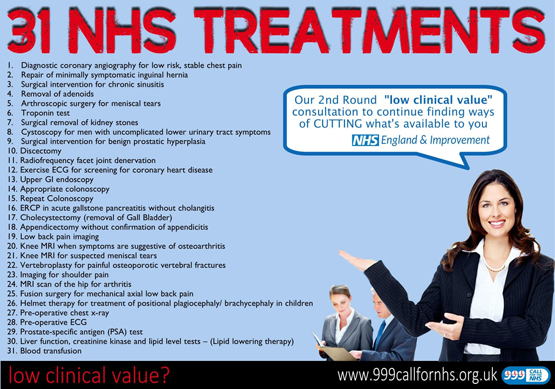Vital Info For Patients And NHS Employers
The British Medical Association has today (7th March 2024) published a guide setting out how physician associates should work safely. It lays out the scope of responsibilities for Medical Associate Professionals (MAPs), including physician associates (PAs) and anaesthesia associates (AAs).
This was the subject of Councillors' worried questions about the employment of Physician Associates in Calderdale General Practice, at Calderdale Adults Health Scrutiny Board in October 2023. Calderdale NHS Integrated Care Board members were unable to provide the facts Councillors asked for.
It should also be the concern of the public, that ALL of the NHS in England has been broken down and turned into autonomous Integrated Care Boards (ICB), of which there are 42 currently; mirroring the American Healthcare System.
There is NO LONGER a national service in England!
All 42 ICBs with total autonomy are now rationing Healthcare, close hospitals, reduce staffing costs, employing physician associates (PAs) instead of Doctors and GPs; and to decide for themselves what healthcare treatment they will provide on the NHS or make available only to those prepared to pay.
There are over 47 healthcare services that are no longer provided on the NHS, such as Ear Wax treatment, skin care treatments or investigations, and exercise ECG for screening for coronary heart disease; to name just a few!
Below is the full list of 31 services no longer available at all ICS as determined by their ICB:

In one ICB, Councillors were particularly concerned about Physician Associates seeing undifferentiated patients who are coming along with a problem that hasn’t been fully defined - because two years Physician Associate training isn’t enough to equip them to do this.
This is the key problem the British Medical Association's guidance now aims to solve. It clarifies that Medical Associate Professionals' role does not extend to seeing undifferentiated patients in any situation.
This means that all patients should be seen by a doctor first, who then decides whether or not it is appropriate for a Physician Associate/Anaesthetist Associate/Surgical Care Practitioner to do some limited and protocolised care.
When seeing differentiated patients (those already triaged by a doctor as appropriate, or already assessed, diagnosed, and on a treatment plan by a doctor), Medical Associate Professionals must be directly and closely supervised. They must also make it clear in all communication to patients and to other staff members that they are not doctors and be clear about their specific role.
The British Medical Association's guidance uses a simple ‘traffic lights’ system. The report clearly identifies what Medical Associate Professionals might be expected to do on their own (green), what they might do under supervision (orange) and what they must not do (red). This covers both the general field of medicine and specialties from anaesthetics to psychiatry.
The British Medical Association encourages NHS employers to adopt this safe scope of practice immediately.
Professor Phil Banfield, BMA chair of council, said that the guide is also to help patients, in order to improve patient safety,"With the Government’s clear intent to expand the numbers of Medical Associate Professionals in the medical workforce, but without the clarity on the scope of their skills and responsibilities, it is even more important that patients must know who is treating them and the skills and abilities that clinician has."
The flippancy with which some people enter the degree course at university is self-evident when reading this comment on the websites set up to provide students chooses for degree courses:

Source: BMA / Post Graduate Search / 999 Call For NHS